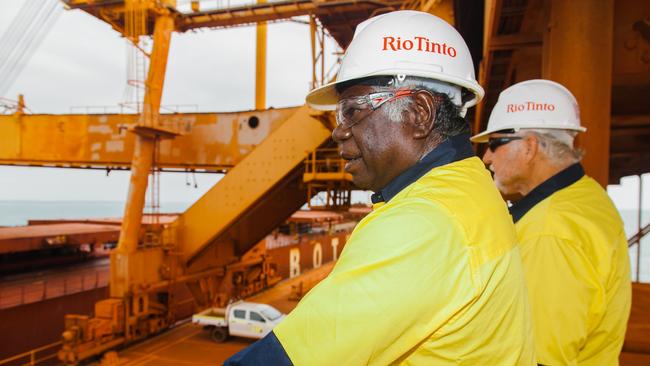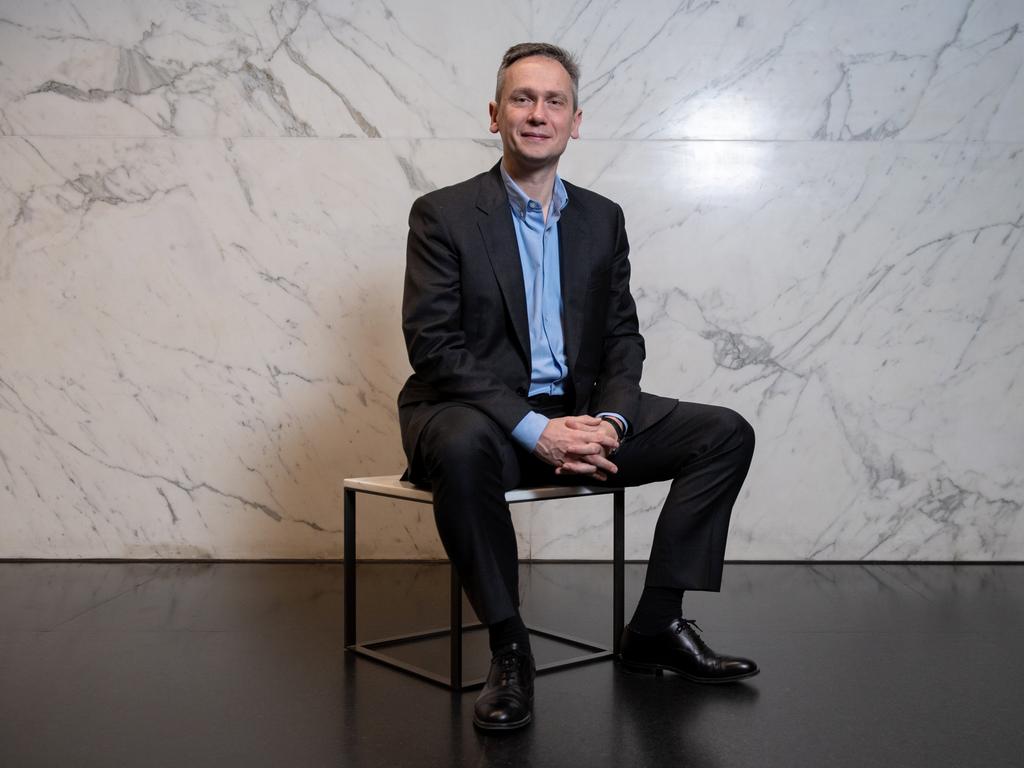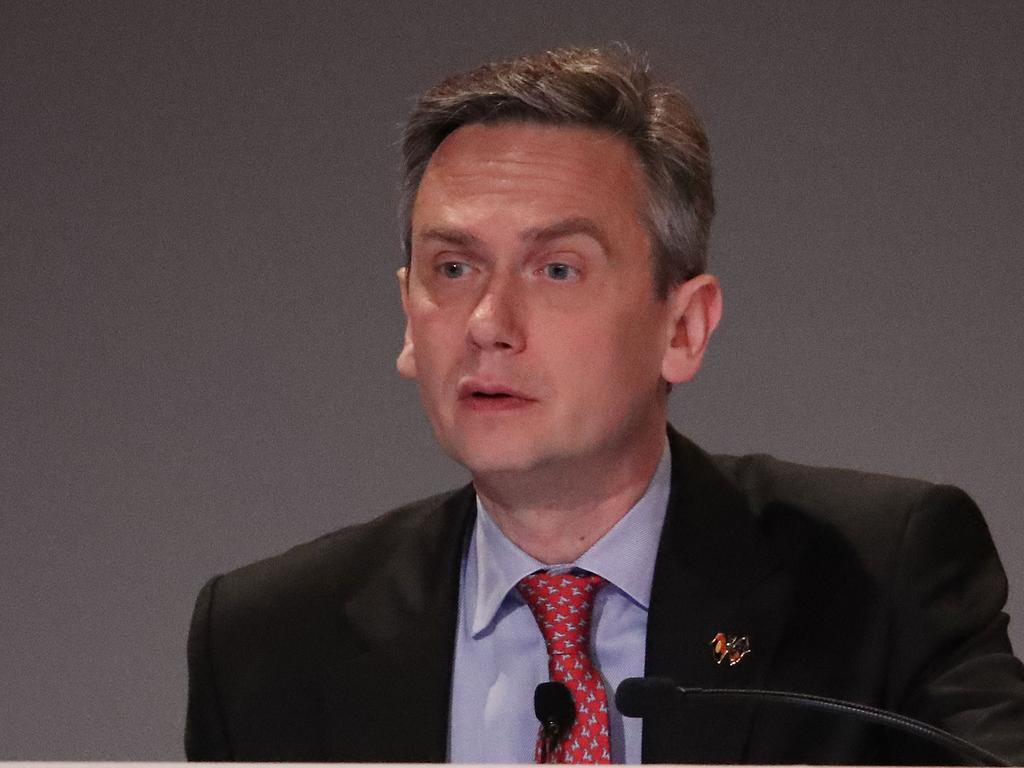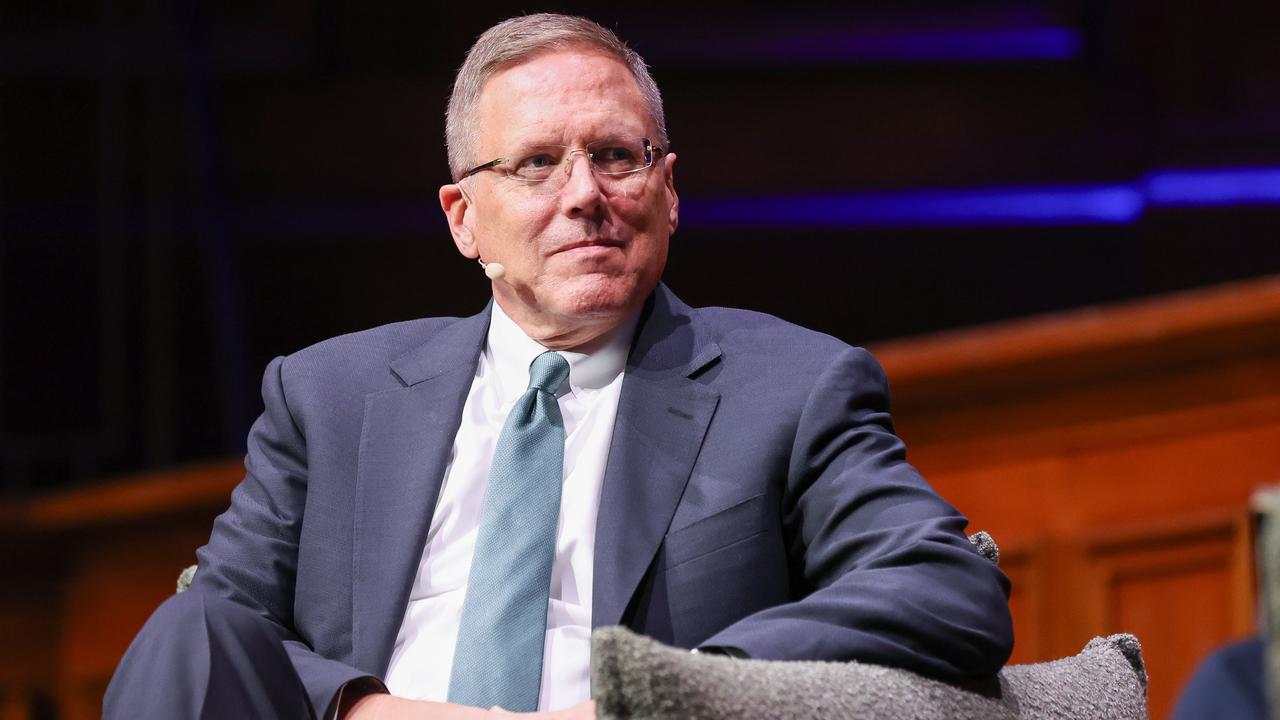
In the debate over what should have happened to Rio Tinto chief executive Jean-Sebastien Jacques, Australians keep forgetting that Rio Tinto is close to an associate of a Chinese state owned company and has deep links with a second.
Rio Tinto’s iron ore expertise will be important in developing the vast Simandou iron ore reserves of West Africa as part of China’s plan to lessen dependence on Australian iron ore.
And the company is proudly established in lavish offices in St James Square in London; the heart of the British establishment and about as far away as you can be from the caves of WA.
We do not know the role that the Chinese played in the decision to stand Jacques down. He had built up close relationships which may be harmed by the decision. But in the end the board and possibly Jacques himself decided that it was impossible for him to manage the Australian operation which dominates the company.
What the debacle really underlined was the danger of managing out of London. Rio into was once a world leader in iron ore productivity. Now BHP, with its Australian base, runs rings around it. BHP’s costs are much lower than Rio. The cave debacle was a symptom of the bad management culture that has infected the company because of its remote leadership.
Its old Australian corporate head office in Melbourne has been disemboweled.
Australia lost control of the Rio operations to the Londoners and the Chinese in two tragic steps.
In the decades leading up to 1996 the Australian operations were under the control of Melbourne based CRA and a series of great Australians such as Maurice Mawby, Rod Carnegie and John Ralph built the company.
But when Ralph retired as CEO in 1996, Robert Wilson the chief of the London major shareholder in CRA, Rio Tinto, saw his chance and proposed a dual listing operation. But the then Prime Minister Paul Keating was a problem – he was moving towards demanding that the company’s head office remain in Australia and that a majority of Australians be on the board.
But the chairman of CRA, John Uhrig and his fellow directors threatened to resign if Keating made such a decision. Keating had an election coming and was in no mood to select a new set of Australian directors so he approved the RioTinto proposal and Wilson wasted no time in switching control to London, although for time Australians Leigh Clifford (later Qantas chairman) and Leon Davis still dominated the management.
The second tragedy for Australia came when the Londoners, in their determination to stop BHP from restoring Australian control via a takeover, paid a huge sum to buy Alcan which almost sent Rio Tinto into insolvency.
State-owned Aluminium Corp of China (Chinalco), came to the rescue and took a major equity stake and offered loans with nasty control clauses.
Again treasurer Wayne Swan didn’t have many choices and he approved the Chinalco acquisition limiting it’s holding to less than 15 per cent stating that Chinalco was not to take a direct board position.
But no other shareholder has anything like that level of stake so it carries great influence. Moreover Rio Tinto and China’s largest steel maker, another state owned company Baowu, have joint venture iron ore mine in Australia.
Baowu purchased the Chinalco interests in Africa while Jacques has negotiated other arrangements with the Chinese, so further cementing the links.
Australia has three representatives on the Rio Tinto board but they are required need to act in the best interests of the company and recognise the close links the group has with China. Those links that may play a big part in Rio Tinto’s future prosperity at a time when China is so hostile to Australia.
In choosing a successor they will be torn between the need to maintain those links and managing the Australian operation properly. If the head office returned to Australia those links might be a big asset for the nation.
But going forward China, our largest customer, gains incredibly detailed intelligence about the costs of its major supplier from Rio Tinto. There is a clear conflict.








After 24 years of regular disasters under London control it’s time for Rio Tinto to return to Australia.